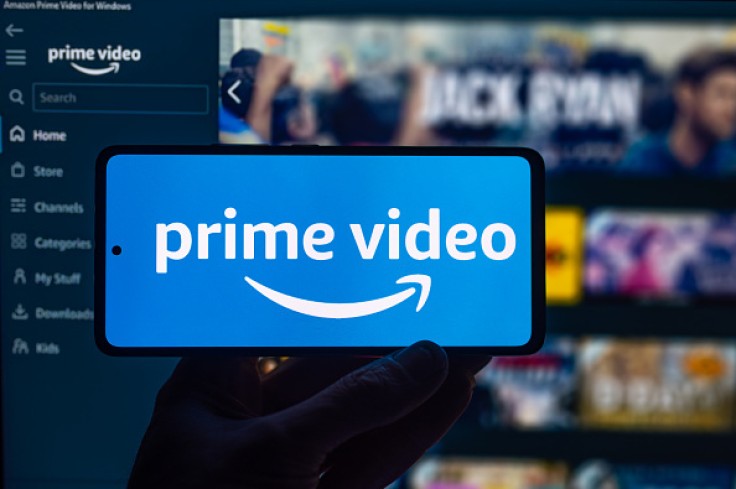If you think that Amazon is done squeezing more money out of people, think again. Just as it took back the additional charge for sellers for shipping their own items, the retail giant set its eyes on a different method to earn more. Prime Video will now cost more if you don't want to see ads.

Paying Extra For an Ad-Free Experience
With the latest move, it seems like Amazon has created an ad tier for its streaming service, only it's not a cheaper option for its subscribers. Instead, the standard plan has become the ad-tier plan, and the ad-free subscription will cost you an additional $2.99.
The change will take effect this early 2024. Countries that will be affected include the US, the UK, Canada, and Germany, according to Ars Technica. It will then be followed by France, Italy, Spain, Mexico, and Australia later on.
With the new pricing, Prime Video will now cost $8.99 to $11.98 every month. That makes it the same price as Peacock and Paramount's streaming services. Disney+ and Netflix's monthly subscription fees still cost more at $13.99 and $15.49, respectively.
According to Amazon, the extra charge will allow them to "continue investing in compelling content and keep increasing that investment over a long period of time." The streaming service cost Amazon $7 billion on original content alone, and $16.6 billion overall in 2022.
The retail giant promised that it would show "meaningfully fewer ads than linear TV and other streaming TV providers" if subscribers refused to pay the $2.99. Users will get a notification through email several weeks in advance before Amazon implements the change.
Amazon hasn't disclosed how few "meaningfully fewer ads" are. But, it'll still probably be enough to annoy a few viewers to pay for the extra fee or just quit the service altogether. By comparison, other streaming services show an average of five minutes of ads every hour.
Not What the FTC Was Looking Into
The Federal Trade Commission has been watching Amazon like a hawk as it planned to file an antitrust lawsuit against the company, which they are reportedly pursuing. Mainly, the agency wants to probe the retailer's practices toward its sellers.
That's why the additional charge for sellers who didn't choose to use Amazon's logistics service came at a worse time. If sellers go with the Seller Fulfilled Prime service, they will have to pay a 2% fee on top of the commission that Amazon is already taking.
Amazon came to its senses and took back the new policy. Amazon PR Manager Jonathan Hillson said that the 2% Seller Fulfilled Prime fee was intended to cover the company's costs, but the company said that it was a "brazen move."
As mentioned in The Verge, Amazon took back the decision since the "seller sentiment related to the fee" might affect participation and is "committed to supporting sellers." To a lot, it just looks like the retail giant doesn't want it to get in the way of the antitrust lawsuit.









